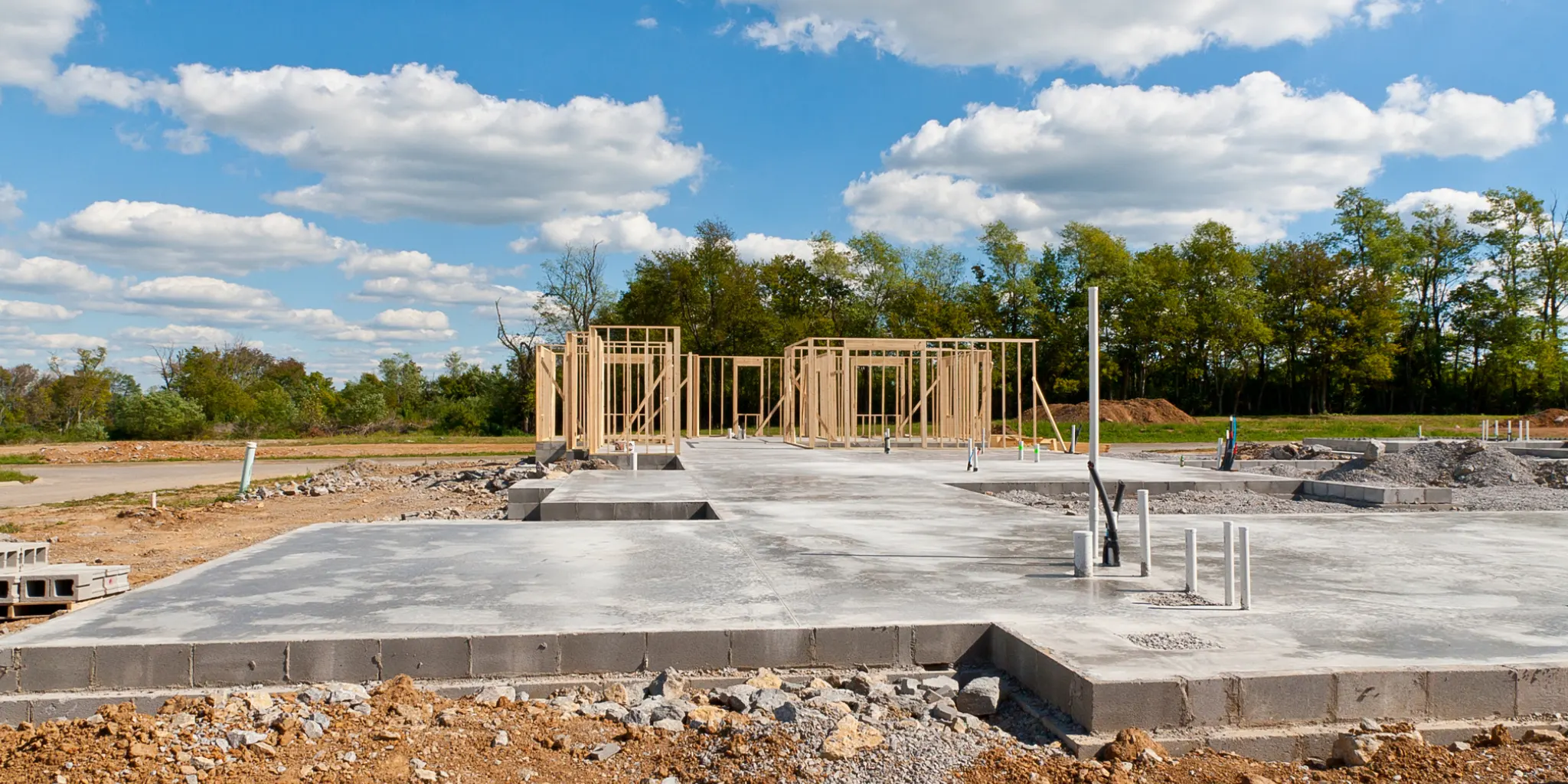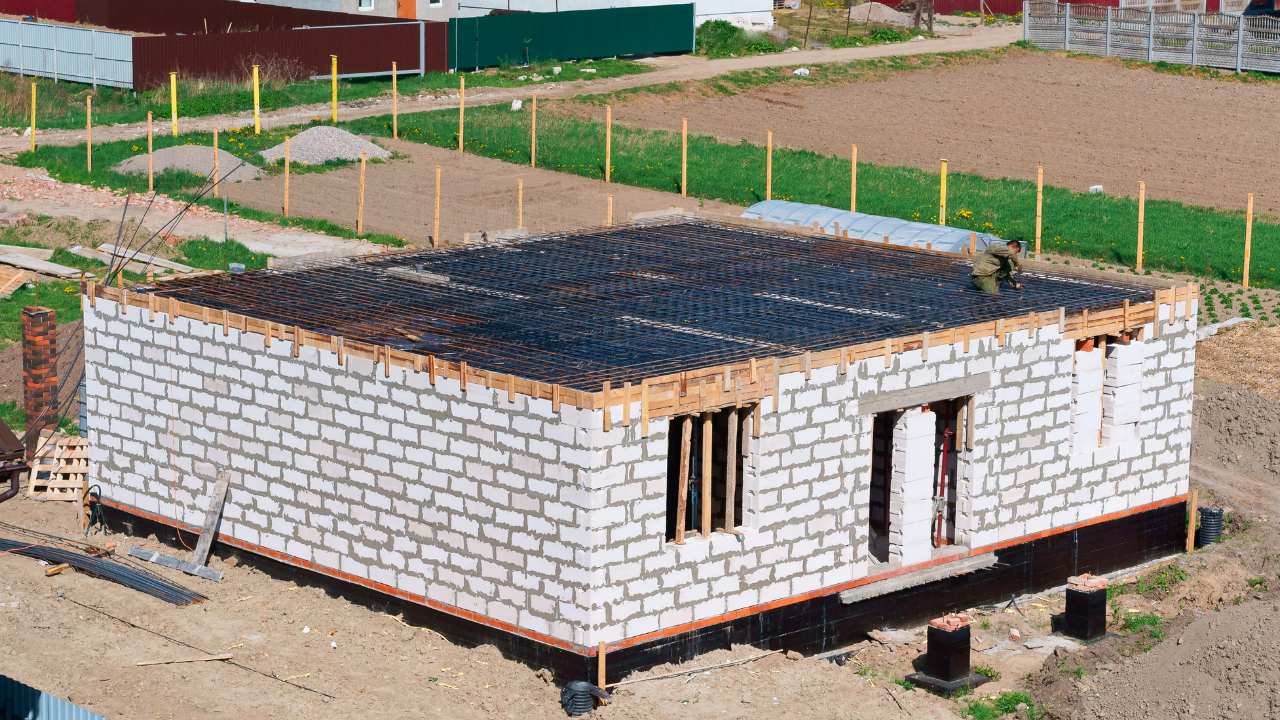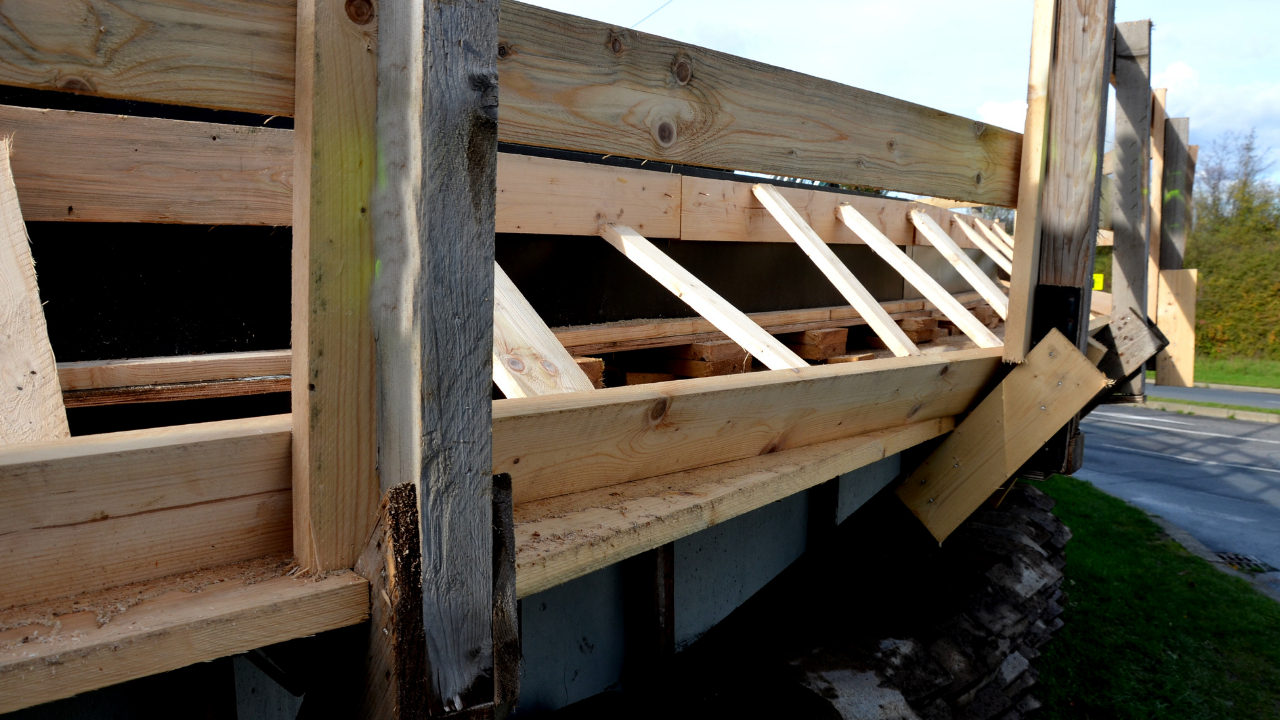An earthquake’s intense shaking can pose a significant threat to buildings, especially those with slab foundations. Slab foundations, commonly used because of their cost-effectiveness and simplicity in construction, may lack the flexibility needed to withstand seismic activity. In this article, we’ll take you through a few measures you can take to improve your slab foundation’s resilience in the face of earthquakes.
Understanding Slab Foundations
Slab foundations are a single, thick layer of concrete – often six to eight inches deep – poured directly onto a soil or gravel bed. They’re commonly used in warmer climates where the ground doesn’t freeze and cause the slab to crack. Despite their relative durability, they may not fare well during earthquakes without some modification.
Slab Foundation and Earthquakes: What’s the Risk?
While no type of foundation can be entirely earthquake-proof, slab foundations pose a unique risk due to their rigid structure. In a significant seismic event, the slab foundation can crack, shift, or even break apart due to the force exerted by the earthquake. This can lead to substantial structural damage and, in severe cases, complete building failure.
Reinforcing Your Slab Foundation Against Earthquakes
1. Retrofitting
Retrofitting is a process of adding new components or features to existing structures to make them more resistant to seismic activity. In the case of slab foundations, retrofitting can involve a variety of methods, including bolting the house to the foundation, strengthening the cripple walls with plywood, and installing foundation plates and anchor bolts.
2. Installing Seismic Isolators
Seismic isolators are a state-of-the-art solution that allows the foundation and the structure it supports to move independently during an earthquake. By separating the structure from ground shaking, seismic isolators can greatly reduce the force of an earthquake on a building and minimize the risk of structural damage.
3. Application of concrete sealant
Applying a concrete sealer can provide an extra layer of protection by making the slab more resistant to the forces of an earthquake. While this will not significantly increase the overall strength of the slab, it can help prevent small cracks from growing into major problems during seismic events.
Indeed, the appeal of concrete slab foundations is clear and homeowners repeatedly choose this type of foundation for their homes due to its many benefits. However, it is important to keep a few disadvantages in mind before investing in a home with concrete slab foundations. Here we have compiled an exhaustive list outlining the advantages and disadvantages associated with concrete slab foundations.
Regular inspection and maintenance
Regular inspection and maintenance of your slab foundation can help identify any weak spots or cracks that could worsen during an earthquake. With the help of a professional foundation inspector, you can accurately assess the condition of your slab and its ability to withstand seismic events.
In conclusion, while slab foundations may not be the most flexible type of foundation when it comes to earthquakes, there are steps you can take to increase their strength. A proactive approach, from retrofitting to regular inspections, can greatly increase your building’s seismic resilience.





